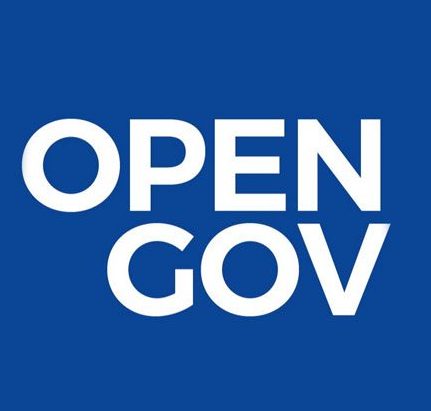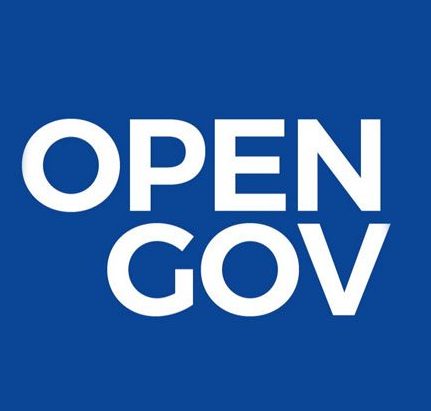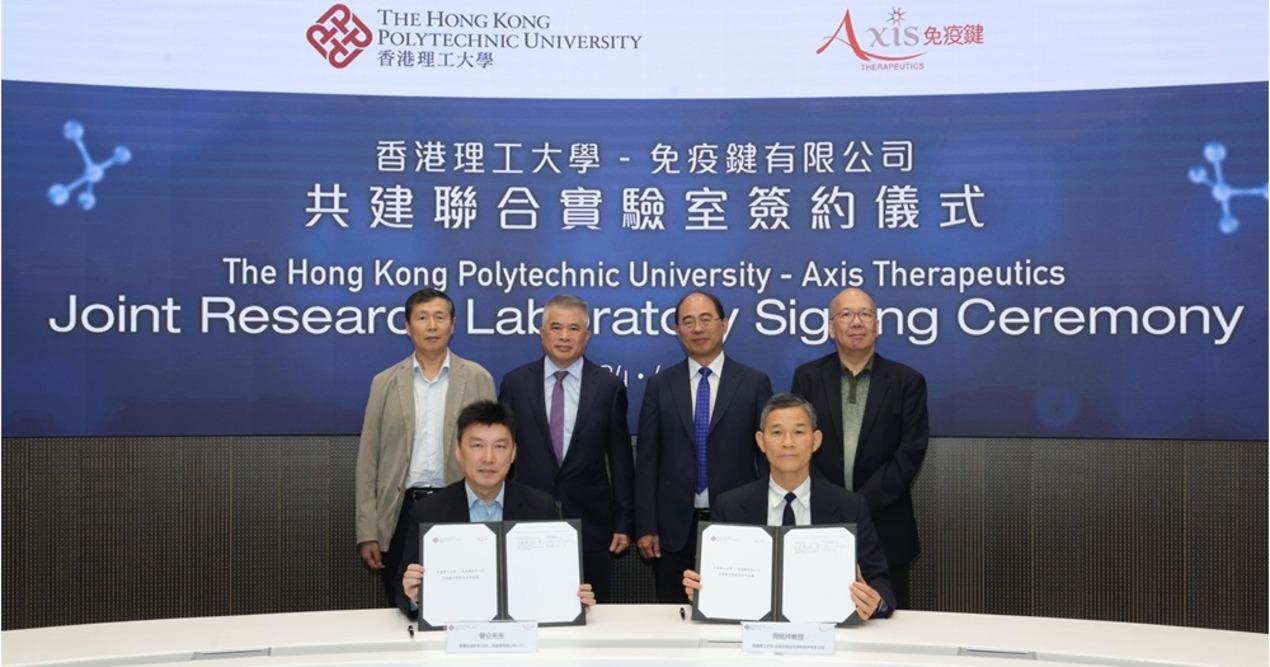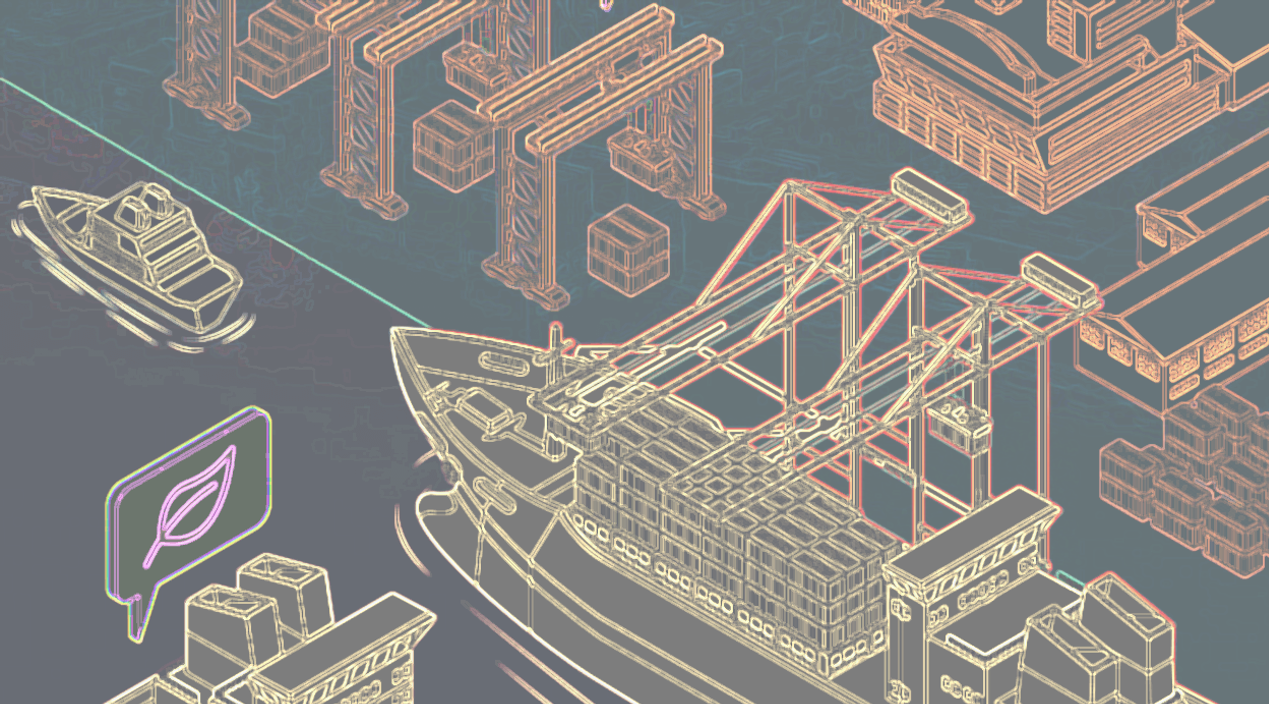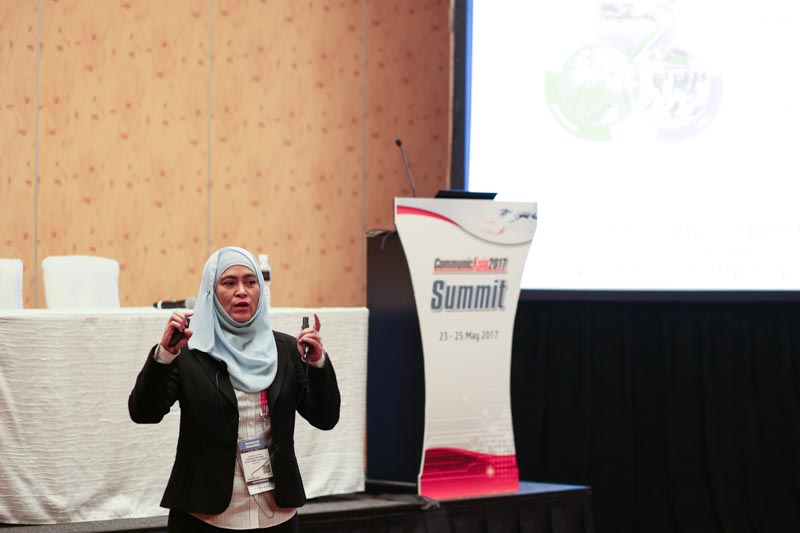
OpenGov had the opportunity to speak to Maimunah Jaffar, Planning & Compliance, Iskandar Regional Development Authority (IRDA) at the sidelines of CommunicAsia 2017 in Singapore.
IRDA is a Malaysian Federal Government statutory body tasked with the objective of regulating and driving various stakeholders in both public and private sector towards realizing the vision of developing Iskandar Malaysia (formerly known as Iskandar Development Region) into a strong and sustainable metropolis of international standing.
Iskandar Malaysia, covering a total area of 2217 sq km or 12% of the state of Johor, is one the economic growth corridors of Malaysia. Cumulative committed investment increased from RM 11.3 billion in 2005 to RM 227.7 billion (USD 53.4 billion) as of March 2017. It contributed 68% Johor’s economy, the target is to reach 80% by 2025.
In the interview, Ms. Jaffar shared about the progress of Iskandar Malaysia, challenges in citizen engagement, as well as interacting with international organisations to stay relevant and global.
Could you please provide us an overview of the progress made in the development of Smart City Iskandar till date?
Usually in Malaysia, we try to find the potential investors first. For Iskandar Malaysia, we approached it the other way round by developing a good infrastructure to attract investments. We made sure that roads are connected, we improved the utilities.
When we started, we also understood that technologies such as IoT are not the only things that we need to look at. Each city has its own challenges and for each city, their people have different mentalities. For a region like Iskandar Malaysia, we need to make sure that the people who live in our region are receptive of these concepts and ideas. That’s why smart living and smart people are also part of our important objectives (as stated in the six dimensions) (see below)

We are getting all the basic infrastructure in place. For example, for the last few years, we’ve been pushing for a rail public transportation system. We are working on a bus rapid transit system. After the basic infrastructure is in place, we can look at the ‘smartness’ of that public transport.
Whatever we are doing, we address the basic infrastructure and necessities first. Once we get there, then we can move into smart initiatives.
I think for a government, we should not actually get distracted by trying to provide a service for smart city and forget about basic infrastructure.
For Iskandar Malaysia, we have gone through those stages. The first stage was about building the foundation, second stage was to make sure everything made progress. Now we’re in the third stage, which is about innovation and sustainability. We still have some issues with water, gas, but we are getting there.
Are there any specific plans on how you’re going to work on innovation and sustainability in this third stage?
We’re looking at how we can use technology to resolve some of our issues on supplying water. That is one of our key challenges. We have resolved the basic needs but I think for us to meet our investment targets as well as to meet the needs of the population of 3 million, we need to start looking at how we can sustainably innovate ways of managing water. In the second phase, we were talking about sources of water. Now we’re talking about managing water in a way that meets the needs of the people as well as the industries.
Industry does not need potable water. If we treat water, we divert it to the usage of people/citizens. But for the industry, we’re now looking at how we can reclaim water from sewage treatment plants.
We have identified a pilot project and we are working closely with the federal agencies on the pilot. If this is successful, we can replicate it to other sewage treatment plants in Iskandar Malaysia.
How do you make sure that the public good is being served at Iskandar?
When we talk about smart cities, smart technologies, we’re also looking at how eventually we can lower down the cost of living.
I will give you two examples. When we talk about electricity consumption, I think people are not aware of how much energy they use each day and how much money they have to spend.
So one of the things that most cities are doing is smart meters. What does smart metering do for the citizens? They can monitor how much electricity, water or whichever utility they are using. If you can monitor and understand usage of your utility, and the bills you have to pay at the end of the day, you’re not just saving the planet, you’re also saving money for yourself. So technology will assist in the sustainability concept.
Another thing when we talk about sustainability is to push people to use public transport. This is tough when people are so used to driving their cars. I can start my journey at 5 in the afternoon and reach that place in half an hour. They can plan better and start their journeys knowing how long it would take. That mindset needs to be changed.
For Iskandar Malaysia, now we’re doing public transport in a big manner. We are working on 3 major public transportation projects. One is the BRT system, second is the rapid transit system that connects the Thomson Line in Singapore to Johor Bahru (JB) Sentral in JB City. Third, we’re also looking at high speed rail that connects from Kuala Lumpur to Singapore with a few stations that stop in Iskandar Puteri. These public transportation projects need to be supported by a smart mobility system that will encourage people to use public transport.
if we want to move and change people from using private transport to public transport, they also need some assistance. That’s why we talk about the journey planner and mobility management system (MMS), which will help them to plan their journey. Now they want to have a reliable public transport but with journey planner and MMS, then they can plan and if the public transport is actually reliable, they can reach their destinations faster than driving their own cars. MMS is not just a mobile app, it can also include kiosks, displays with timings in places like shopping malls. If they have reliable public transport, they can leave their car behind, they will save on fuel, parking, while reaching their destination on time.

How are you working with the private sector? What are the models of partnerships or collaboration?
One of our roles is to plan. It means strategic planning to achieve our sustainability goals. When we talk about planning, green energy, sustainability, those are actually our roles. So, when we are promoting Iskandar Malaysia as an investment destination, we realise that some of the things we’re doing, those are necessities for investors.
For example, when we look at investment, investors will have their checklists when they look for new areas of investment. When they come to Asia, they will look at Singapore, Iskandar Malaysia, Korea, Taiwan. We have to compete with them. We realised that technology and innovation is one of the criteria on their checklist. If we don’t actually look at these areas, we will be behind all the time.
Having said that, some of these big initiatives are business decisions. For one of our developments, Medini – the new CBD located at Iskandar Puteri, for them to compete, not just with Singapore and Kuala Lumpur, but also with other cities in the world, they need to be at par. So being a smart city helps them to do that because in smart cities, we’re talking about green buildings and green infrastructure. Perhaps for the younger generations, smart cities are the places they want to live in.
We also play the role of facilitator – there are certain things that we want to do that require federal level intervention. In Malaysia, there are 3 tiers of government: federal, state and local. Some of these initiatives that we want to do require intervention, some at federal level, some at state level, some at local level, so this is where our facilitation role comes in. For example, in green energy initiatives, we facilitate in removing stumbling blocks and addressing policies at the federal and state levels.
How are you driving technological development and innovation? Is the innovation coming from academia, companies or the government?
When we first started the smart city framework, we understand that there is a need for us to have the tools to accelerate all of our initiatives to achieve the targets. When we talk about tools, this is where we work with several agencies in Malaysia. For instance, we have Malaysian Industry-Government Group for High Technology (MIGHT), we work together with them.
We also work with service providers, such as telcos, to bring in ideas for development of the 6 dimensions. It’s collective brainstorm to come up with ideas. Also, the Global Science and Innovation Advisory Council (GSIAC) is a platform for Malaysia to look at innovation. GSIAC members are from all over the country so the thinkers of future cities’ development are paid by the Malaysian government to sit down and think about how Malaysia can move in terms of innovation.
We presented at that council and then we receive feedback from everybody – when we talk about smart cities, what are the directions for Malaysia? So, that’s why in November 2012, we presented at that GSIAC meeting and it was endorsed by Prime Minister, that this is the way forward for Malaysia when we’re talking about smart cities. So, it’s a collaboration process.
In September 2016, we set up FIMAC – Futuristic Iskandar Malaysia Advisory Council to bring together all key stakeholders related to smart city, sustainable city, green and connected city, safe city, healthy city and any other similar initiatives. It includes representatives from 5 local authorities, professional bodies, academia, technology partners, service providers and more. FIMAC serves as a platform for forums and knowledge sharing sessions and creating collaboration opportunities.
At which government levels is Iskandar Malaysia involved with?
In a normal situation, we are like a metropolitan agency. So, the way that we’re organised – we have two co-chairmen, one of them is the prime minister of Malaysia (Dato' Sri Mohd Najib bin Tun Abdul Razak) and the other is the Menteri Besar of the Johor State (Dato' Mohamed Khaled bin Nordin).
Do you work with international agencies?
It is important also for us to network with international academia and NGOs, because at the end of the day, we need to learn from the best practices. For example, internally, when we develop smart cities, of course we work together with our local agencies, but there would be an added value if we work with other international agencies, to make sure we can be on par with them with whatever we do.
Working together with the UNDP, UNEP, even with international business partners and NGOs, it gives us a different perspective. Our vision is to have good international standing, so to be international, we have to network with international businesses and NGOs.
You talked about the importance of changing the mindsets of people. Are you undertaking initiatives for improving citizen engagement and awareness?
In Iskandar Malaysia, there are currently about 1.9 million people and in IRDA, there’s only about 160 people. To touch base with these 1.9 million people, we cannot do it on our own. That’s why besides creating apps to make sure that the touch points are there, we’re also looking at collaborations with the community itself, through their leaders to make sure that whatever that we want to do, they will help us to implement it in their own community.
In Iskandar Malaysia, there are about 47 community leaders who look at their own villages and townships. We continuously engage these community leaders and business partners so that they can help us to bring about new ideas and they also help us by bringing up their issues and concerns. That’s how we get them to participate in our initiatives and projects.
When you talk about public participation, there are a few projects we have done, one of them is the Youth Hub whereby we’re moving towards doing a project where the government tries to find what the youths want.
As a government agency, we tend to think that we know this is what the youth want but actually no, that’s not what they want (laughs). The process takes longer because you need to engage them, ask them what they want, how they want it to be.
Engaging the community is more important to us than getting our organisation being recognised as always advanced in doing projects. We understand that we have that issue at the moment, I mean, our government says, “you’re not spending the money, why are you so late”. But we’re telling them, engaging the public is very important – our team says that we do not mind that the project is being delayed. The important thing is to engage the youth, ask them what they want to do, then when we get the money… “is that how you want the ramp to be designed?”
Those are the details that we have to go through and of course, some people don’t like it but we cannot spend the money until the youths say, “Okay, that’s the design that we want.”. It is a longer process but I think it is worthwhile.
